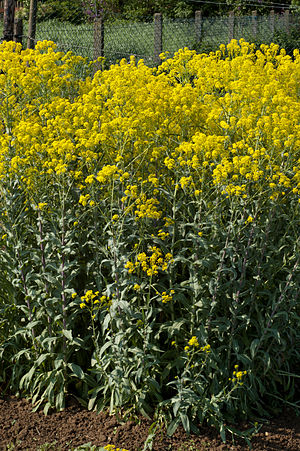[amazon_link asins=’B01BKIBVCG,B01MXRRGD2,B00KVVZJ9U,B003IIN7HO,B009YSTOE2,0373799365,B071RYC8RT,B004IUN7JO,B06Y4TCBR3′ template=’ProductCarousel’ store=’finmeacur-20′ marketplace=’US’ link_id=’e88ae09f-7cc0-11e7-a07e-71355084b165′]
Botanical Name : Indigofera tinctoria
Family: Fabaceae
Genus: Indigofera
Species: tinctoria
Kingdom: Plantae
Phylum: Angiosperms
Class: Eudicots
Order: Fabales
Synonyms: Pigmentum Indicum
Common name : Indigo or True indigo
Habitat:Native habitat of Indigofera tinctoria is unknown .But it has been in cultivation worldwide for many centuries. Today most dye is synthetic, but natural dye from indigofera tinctoria is still available, marketed as natural coloring. The plant is also widely grown as a soil-improving groundcover.
Description:
Indigofera is a large genus of over 750 species of flowering plants belonging to the family Fabaceae.
CLICK & SEE THE PICTURES …..….(1)…...(2).…..(3).….….……
True indigo is a shrub one to two meters high. It may be an annual, biennial, or perennial, depending on the climate in which it is grown. It has light green pinnate leaves and sheafs of pink or violet flowers. The plant is a legume, so it is rotated into fields to improve the soil in the same way that other legume crops such as alfalfa and beans are.
A blue dyestuff is obtained from the processing of the plant’s leaves. They are soaked in water and fermented in order to convert the glycoside indican naturally present in the plant to the blue dye indigotin. The precipitate from the fermented leaf solution is mixed with a strong base such as lye,
It does not exist ready formed, but is produced during fermentation from another agent existing in the plant. This is called Indocan, and is yellow, amorphous, of a nauseous bitter taste with an acid reaction; readily soluble in water, alcohol and ether.
Medicinal Uses:
-Indigo was at one time much used in medicine, but now is rarely employed.
Several species of this group are used to alleviate pain. The herbs are generally regarded as an analgesic with anti-inflammatory activity, rather than an anodyne. Indigofera articulata (Khedaish in Arabic) was used for toothache, and Indigofera oblongifolia (hasr in Arabic) was used as an anti-inflammatory for insect stings, snakebites, and swellings.
Indigofera suffruticosa and Indigofera aspalthoides have also been used as anti-inflammatories.[4] A patent was granted for use of Indigofera arrecta extract to relieve ulcer pain.
The Maasai people of Kenya use parts of Indigofera brevicalyx and I. swaziensis as toothbrushes
Main Uses:
Several species, especially Indigofera tinctoria and Indigofera suffruticosa, are used to produce the dye indigo. Colonial planters in the Caribbean grew indigo and transported its cultivation when they settled in the colony of South Carolina and North Carolina Where people of the Tuscarora confederacy adopted the dying process for head wraps and clothing. Exports of the crop did not expand until the mid-to late 18th century. When Eliza Lucas Pinckney and enslaved Africans successfully cultivated new strains near Charleston it became the second most important cash crop in the colony (after rice) before the American Revolution. It comprised more than one-third of all exports in value.
The chemical aniline, from which many important dyes are derived, was first synthesized from I. suffruticosa (syn. I. anil, whence the name aniline).
In Indonesia, the Sundanese use Indigofera tinctoria (known locally as tarum) as dye for batik.
It is a very well-known and highly important dye, millions of pounds being exported from India annually.
Known Hazards: It is said to produce nausea and vomiting.
Disclaimer:
The information presented herein is intended for educational purposes only. Individual results may vary, and before using any supplements, it is always advisable to consult with your own health care provider.
Resources:
http://www.botanical.com/botanical/mgmh/i/indigo05.html
http://en.wikipedia.org/wiki/Indigofera_tinctoria
http://en.wikipedia.org/wiki/Indigofera












